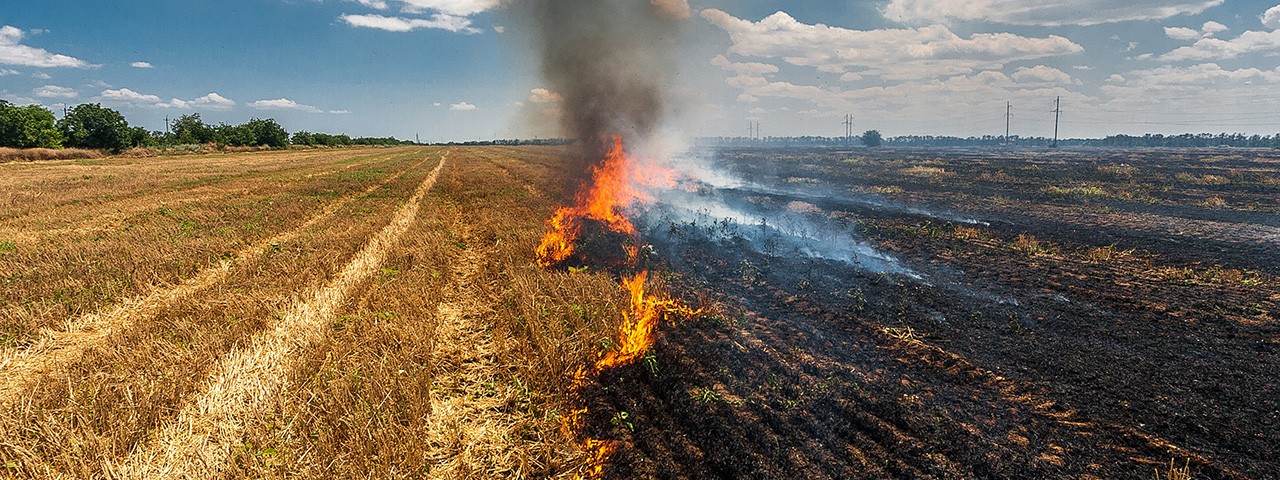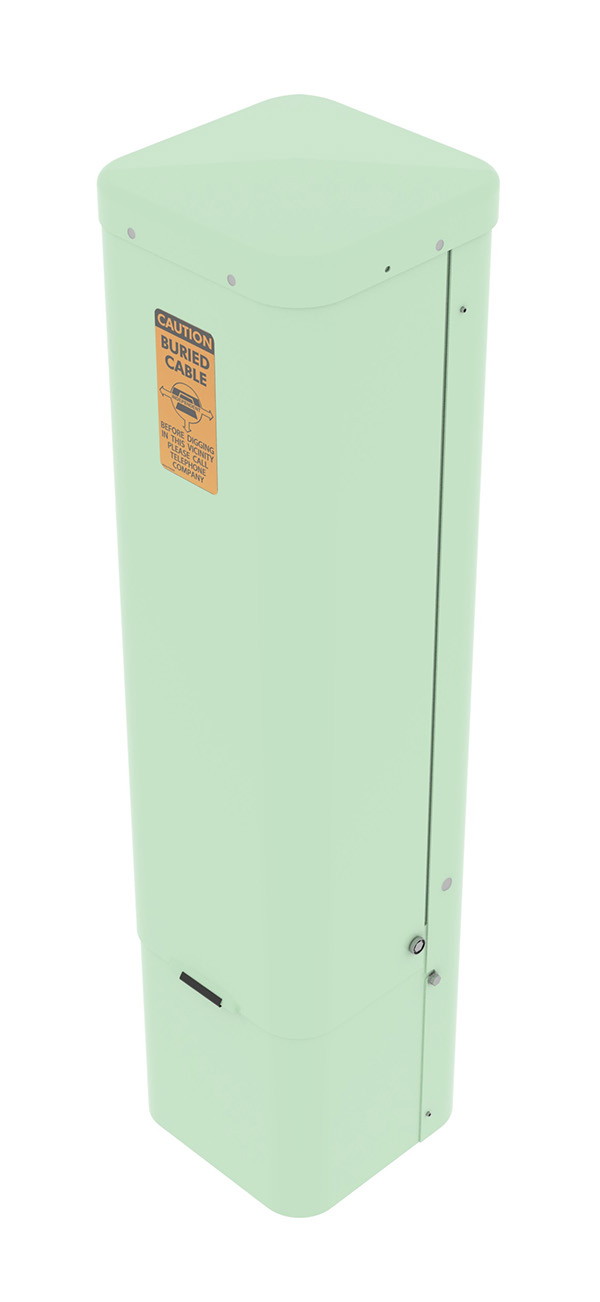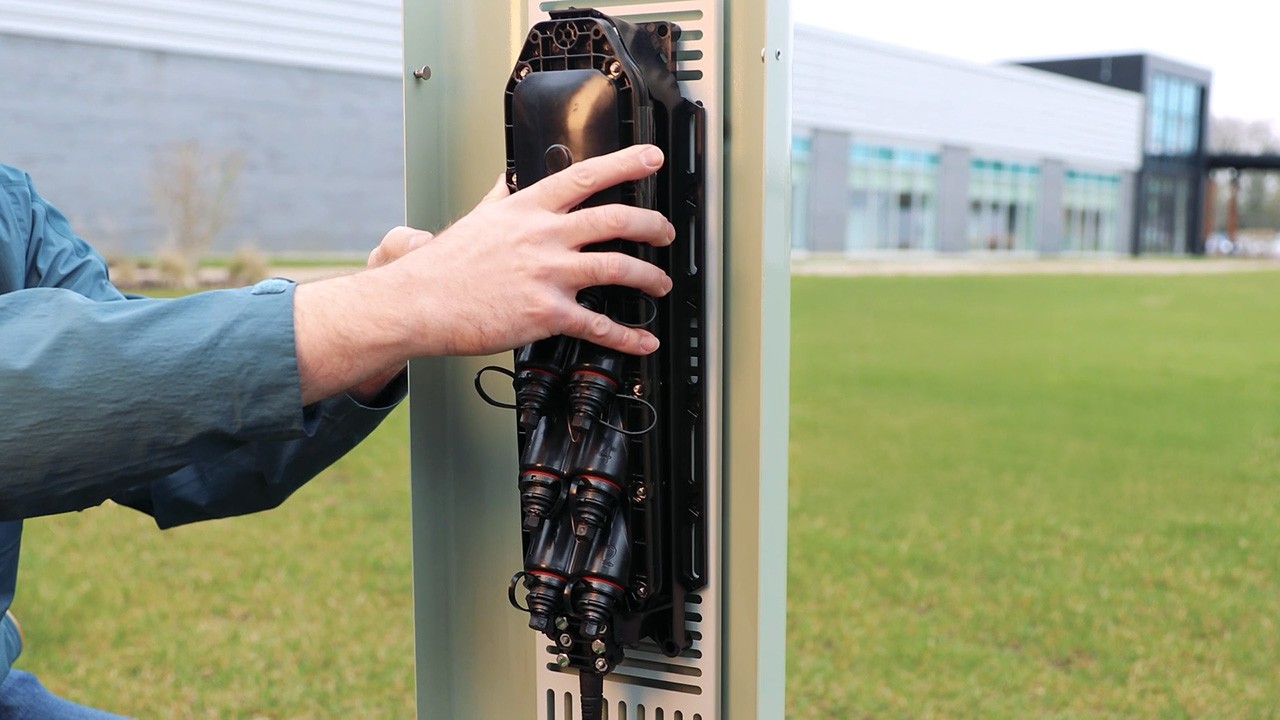Delivering broadband in rural areas requires more than just speed and bandwidth – it requires equipment that can stand up to tough conditions. From seasonal crop burns to curious critters, the environment can be as challenging as the terrain. That’s why resilience matters. Metal pedestals offer the strength and reliability rural fiber deployments need to stay protected and perform over time. Here’s why they’re a smart dependable choice.
1. When the Heat Is On, Metal Doesn’t Melt
In many agricultural regions, crop burning is still a common land management practice. While plastic pedestals have their place in the broadband ecosystem, rural fiber deployments call for something tougher. Plastic pedestals, even those with fire-retardant additives, are inherently vulnerable to high temperatures and can warp, melt, or degrade under extreme heat, metal pedestals hold their ground – literally. For ISPs deploying networks across farmlands and fields, metal pedestals offer peace of mind. They act as a line of defense between your infrastructure investment and the environmental realities of rural operations.

2. A Fortified Interior – Pest Protection Where It Counts
Rodents, insects, and burrowing pests often seek shelter in warm, enclosed spaces – making poorly protected splice points an easy target. Metal pedestals are equipped with internal metal splice tray enclosures, offering an additional barrier against intrusion. This dual-layer protection – metal on the outside, metal on the inside – ensures that your fiber splices stay untouched, operational, and safe from environmental or animal damage.
3. Built for the Backroads, Engineered for the Long Haul
Rural broadband networks often cover large, hard-to-reach areas. Reliable components reduce the need for frequent repairs and field visits. That’s why thermal resilience and durability matter more than ever. Metal pedestals are purpose-built for rural environments where conditions are less than ideal, and reliability is non-negotiable. So, whether you’re crossing cornfields or covering remote homesteads, know that your network has the armor it needs.
4. Match the Pedestal Size to Your Deployment
Panduit offers metal pedestals in two sizes to meet the demands of different deployment scenarios: 8 inch (HUB-8-FSTH) and 10 inch (HUB-10-FSTH). Both sizes are compatible with their respective internal splice enclosures – HUB-8-E and HUB-10-E – making them a modular, field-ready solution that scales with your project.

Need help choosing the right solution?
Contact our broadband team at broadband@panduit.com to explore the right enclosure options for your rural fiber deployments.



